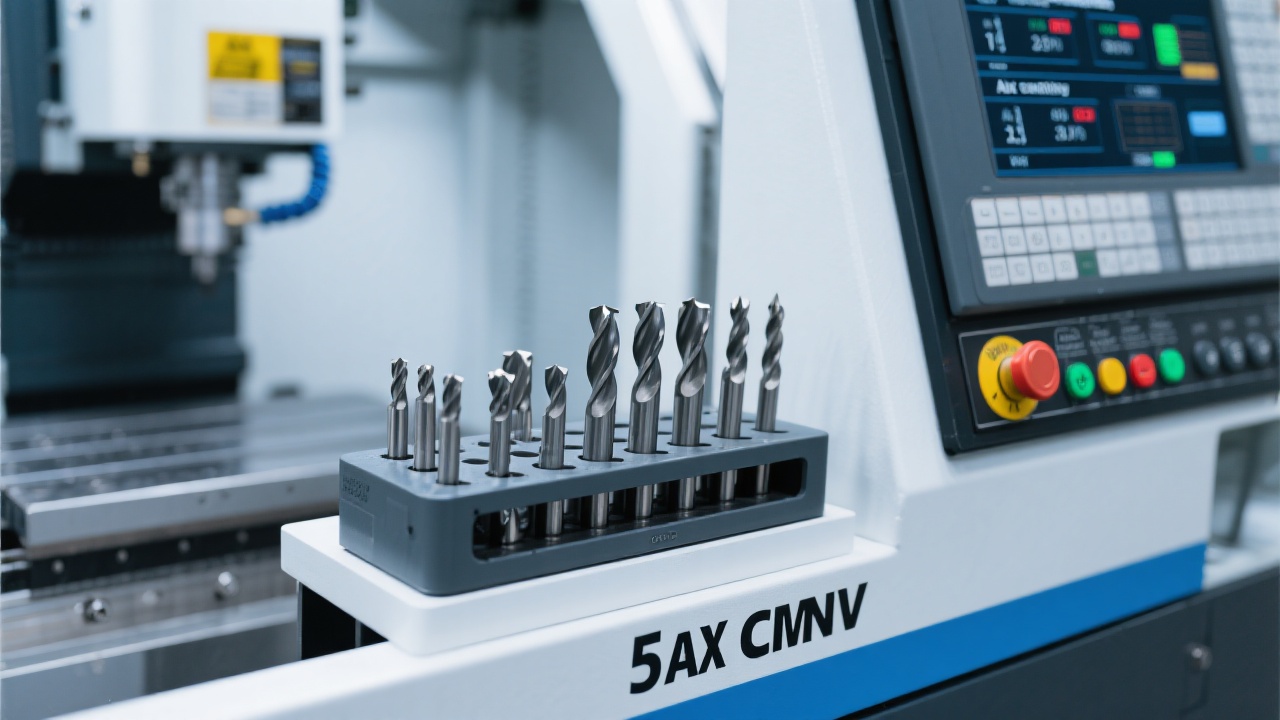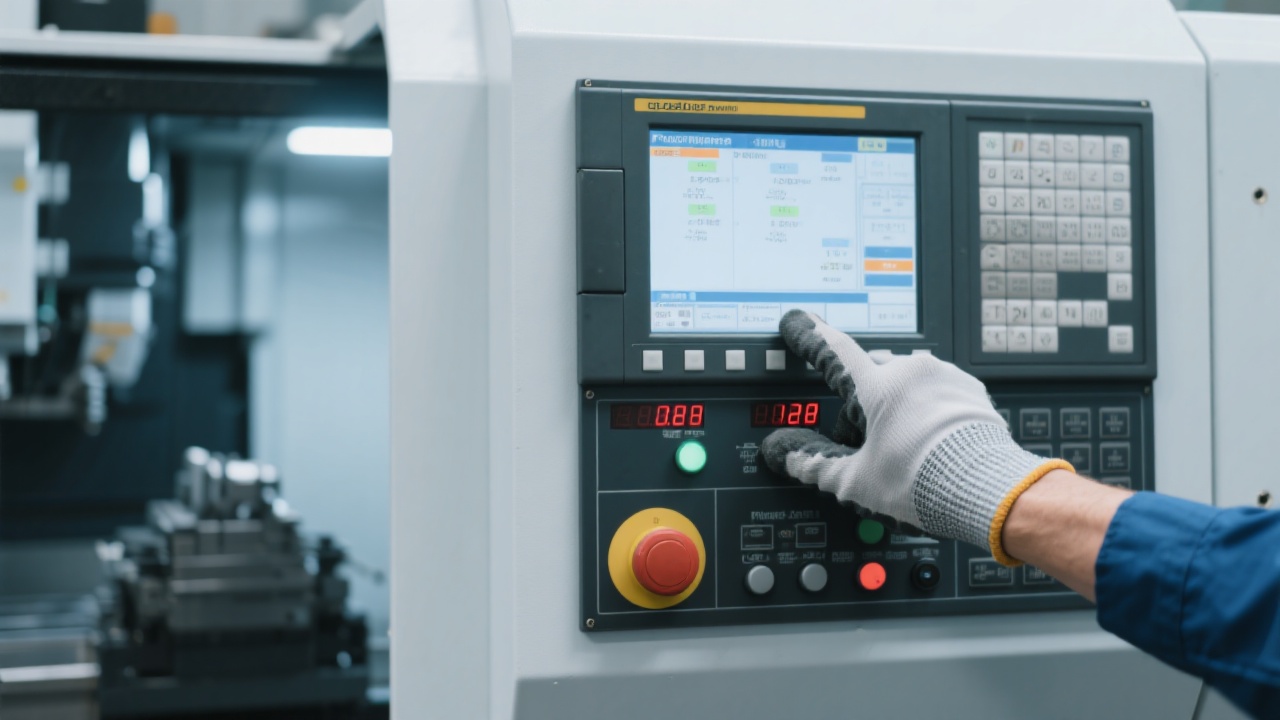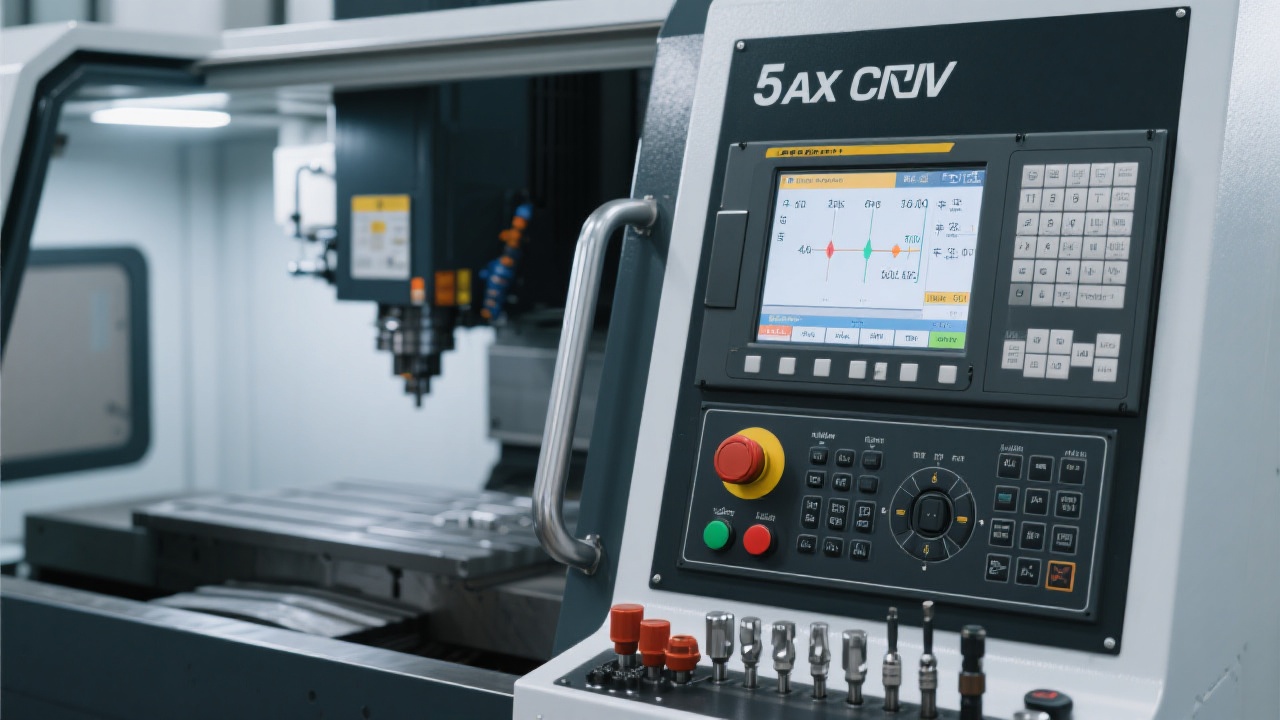
In the field of machining, graphite materials have been widely used in various industries due to their excellent properties. However, achieving efficient and high - quality machining of graphite is not an easy task, especially when it comes to parameter settings. This article will delve into the application highlights of the FH855L RTCP five - axis vertical machining center launched by Ningbo Kaibo CNC Machinery Co., Ltd. in the multi - face and efficient cutting of graphite materials.
The RTCP (Rotated Tool Center Point) function is a key technology in modern five - axis machining. It allows for automatic compensation of the tool center point, which is crucial for improving machining accuracy and efficiency. In the FH855L RTCP five - axis vertical machining center, this function enables the machine to adjust the tool path in real - time according to the rotation of the spindle and the workpiece, ensuring that the tool always cuts at the desired position.

Graphite has unique physical and chemical properties. It has high thermal conductivity, low thermal expansion coefficient, and good electrical conductivity. However, graphite is also brittle and prone to chipping during machining. Therefore, when setting the milling parameters, it is necessary to fully consider these characteristics. For example, compared with other materials, the cutting force during graphite machining should be controlled within a reasonable range to avoid excessive force causing damage to the graphite workpiece.
One of the common mistakes is the improper matching of feed rate, cutting depth, and spindle speed. Some operators may increase the feed rate blindly to improve efficiency, but this often leads to poor surface quality and even tool breakage. Another misconception is ignoring the importance of tool center point compensation. Without accurate compensation, the machining accuracy will be significantly affected, especially in the machining of complex parts.
To optimize the graphite milling parameters, a scientific approach is needed. First, the feed rate should be determined based on the material hardness, tool diameter, and cutting depth. Generally, for graphite materials, the feed rate can be set in the range of 1000 - 3000 mm/min. The cutting depth should be controlled within 0.1 - 0.5 mm to ensure stable cutting. The spindle speed is usually between 8000 - 12000 rpm.

Let's take a look at a real - world case. A company was using a traditional machining method to produce graphite electrodes, with a low production efficiency of only about 50 pieces per day and a high scrap rate of about 15%. After adopting the FH855L RTCP five - axis vertical machining center and optimizing the milling parameters, the production efficiency increased to 80 pieces per day, and the scrap rate dropped to less than 5%.
In the machining of complex parts, the RTCP function of the FH855L plays a vital role. It can reduce the number of workpiece flips, which not only saves time but also improves the consistency of machining. For example, in the production of aerospace parts with complex shapes, the RTCP function can ensure that the tool can accurately cut each surface of the part without the need for multiple set - ups, greatly improving the production efficiency and quality.
Proper cutting path planning is also essential for graphite milling. The FH855L machining center provides advanced path planning software, which can generate the most suitable cutting path according to the shape and size of the workpiece. This helps to reduce tool wear, improve surface quality, and increase machining efficiency.

We encourage you to share your thoughts and questions in the comment section below. Our team of experts will be happy to answer your inquiries and engage in in - depth discussions with you.
Discover the Advantages of FH855L RTCP Five - Axis Vertical Machining Center Now!

